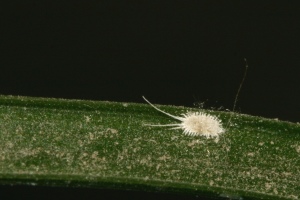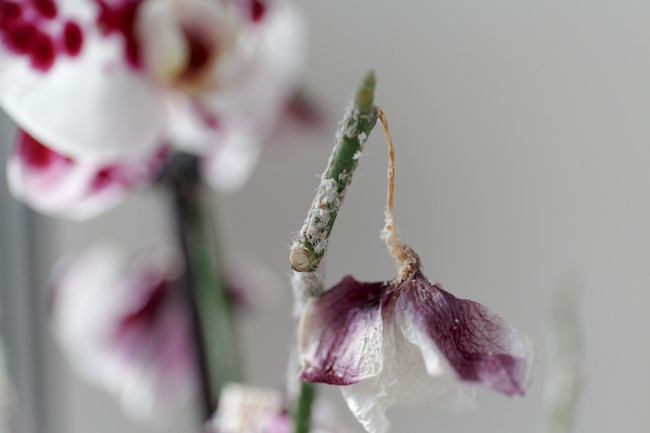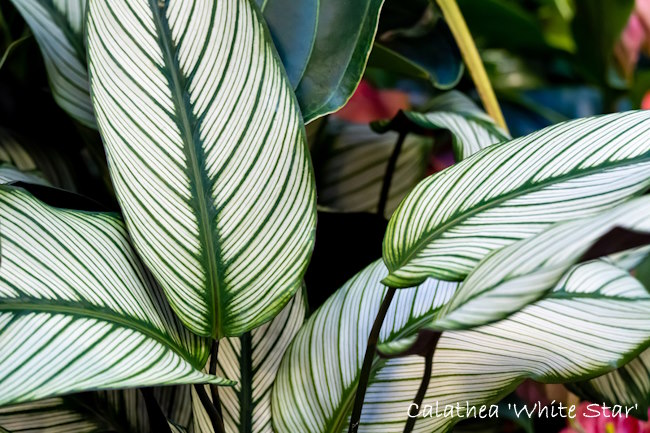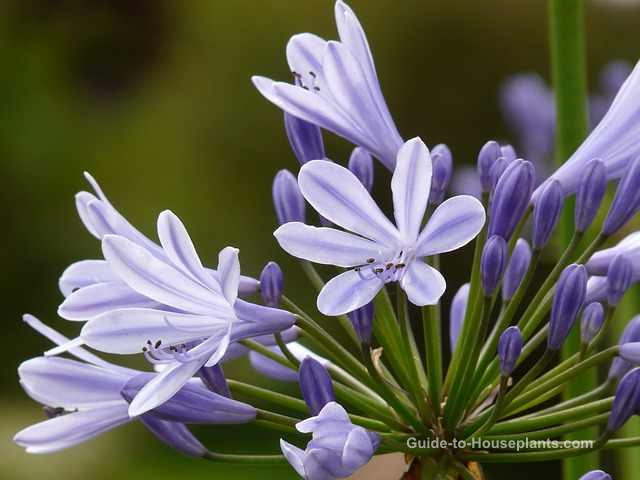Get Rid of Mealybugs on Indoor Plants
Find safe ways to get rid of mealybugs on indoor plants. Here you'll discover how to identify them, the damage they do to plants, and learn the best ways to control these destructive insects.
How do you know if your houseplant is infested? Deformed growth, shriveled flower buds, or leaves with holes, brown or yellow patches, and sticky honeydew are all signs of a mealybug infestation. Of course, the biggest tip-off are the white, fuzzy bugs, typically clustered along the leaf axils.
What Mealybugs Look Like
Mealybugs are small, white insects with a white, waxy, fluffy coating that make them look like specks of cotton.
How big are they? Adult mealybugs are about 1/8-inch long. These insects are larger than some pests, and with their white cotton-like coating, more easily noticed.
They form colonies and destroy plant tissue by feeding on plant juices. They secrete honeydew -- a sticky substance which attracts sooty mold and ants. White cottony areas are where they incubate their eggs.

Mealybug Life Cycle
The life cycle of a mealybug begins with the egg stage, followed by the nymph stage, then the adult stage.
They multiply quickly. Female mealybugs lay hundreds of eggs at a time. The whole lifecycle completes within a couple months, so it doesn't take long before an infestation causes a lot of damage to your houseplant. Worse yet, they'll move on to your other indoor plants.
To get rid of mealybugs, you'll need to remove or kill them at every stage.
Where to Find Mealybugs on Houseplants
Mealybug insects have favorite feeding places: underneath leaves, along the stems, and particularly in the leaf axils. They feed on buds and flowers, too.
Some feed on roots. You may find root-feeding bugs on the bottom of pots. Or you can ease the plant out of its pot to look for white, woolly masses around its roots.
Mealybugs also have favorite houseplants to feed on: African violet, begonia, coleus, croton, citrus, orchids, and cactus and other succulents.
 Phalaenopsis orchid infested with mealybugs. Image ©Irina Boldina | Dreamstime
Phalaenopsis orchid infested with mealybugs. Image ©Irina Boldina | DreamstimeDisclosure: Guide-to-Houseplants.com participates in affiliate programs. If you make a purchase after following the links on this page, I may receive a commission at no additional cost to you.
How to Prevent an Infestation
- Inspect new plants before bringing them into your home. Don't buy any with obvious signs of disease, damage, or infestation. It's not worth it.
- Isolate any new houseplant for a week or two, just to play it safe. You don't want possible pests to move on to your others.
- Look over your houseplants every time you water. This single habit could head off a lot of future insect problems.
- Clean your houseplants. Wipe off leaves with a damp cloth to remove dust and prevent pests from taking up residence on your plants. Also, remove dead leaves and flowers, which may attract insects or fungus.
How to Get Rid of Mealybugs on Indoor Plants
Controlling these strange bugs is difficult. The cottony wax coverings on the insects and egg sacs protect them from sprays.
Mealybugs are loosely attached to plants, so they are easily removed by hand. Use a cotton swab dipped in rubbing alcohol to wipe off all the mealybugs you can find. Look at places where the leaves are attached to stems, which is their favorite place to hide. Repeat applications every few days until the plant is free of bugs. Try not to cover a whole leaf with alcohol, because it can damage plant tissue.
To get rid of root-feeding mealybugs, wash the insects and soil from the roots with room-temperature water. Cut away any damaged roots, then repot the plant in fresh potting mix.
You may want to try a systemic insecticide. This is placed in the soil and taken up by the plant, which puts a toxin into the entire plant system. Insects that feed on treated plants are poisoned when they suck the plant's juices. Systemic insecticide helps to control other sucking insects, too. Many newer products are based on the active ingredient imidacloprid, which is less toxic to people and pets than older insecticides. Read the label carefully and follow the manufacturer's directions for use.
If your plant is severely infested, get rid of it. Heavily infested plants do not grow well and may even die. Plus, you don't want these uninvited house guests to move on to your other houseplants.

